THE MISSING LINK: THE CONVERSION TRIANGLE
This paper will attempt to describe, geometrically, the precise
translation between \/¯5 geometry and it's counterparts, \/¯2
and \/¯3 geometry. I believe this idea has important implications
for the design of life forms.
I will explain my ideas as I discovered them, not as a finished product:
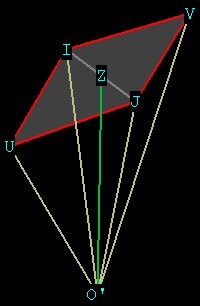
Figure 0 -- one of the 30 pyramids of the rhombic triacontahedron.
The face of the rhombic triacontahedron.is in red, and the centroid is
marked O'.
...........................
While figuring out the central angle IO'J of the rhombic triacontahedron
(see Figure 0), I came up with the value for O'I of [\/¯(Ø^4
+ 1) / 2] * side dodecahedron.
Note that from Dodecahedron ,
that same distance OI = OJ
is calculated to be [\/¯3Ø / 2] * side dodecahedron.
This looks wrong. There's no way that anything related to
the \/¯3 can ever be exactly equal to anything with the \/¯5
in it! \/¯3 geometry is the geometry of minerals, crystals, snowflakes,
etc.
\/¯5 geometry relates to pentagonally based biological life. Mathematically,
the \/¯3 and the \/¯5 are entirely different animals.
Here is a diagram that show this geometrically:
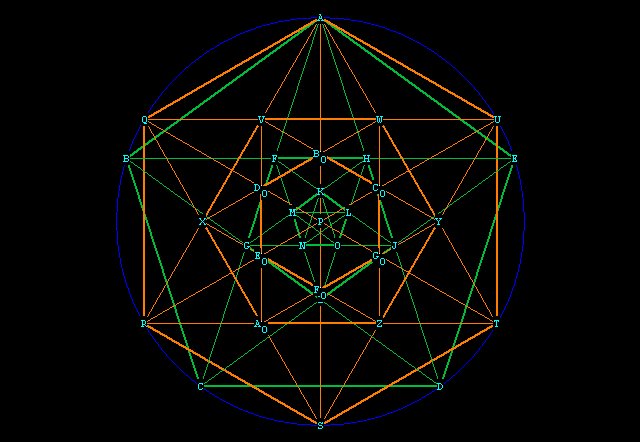
Figure 1 -- \/¯3 and \/¯5 geometry superposed,
surrounded by the unit circle (blue).
All of the orange lines belong to the hexagon ( \/¯3).
The large hexagon AQRSTU has sides = r = 1.
The inner hexagon VWYZAoX all have sides = 1 / \/¯3.
The smallest hexagon BoDoEoFoGoCo have sides = (1 / \/¯3) * VWYZAoX
= 1/ 3.
And so on. Each smaller hexagon within the pattern has sides (1 / \/¯3)
* next larger hexagon.
Notice that the diagonals of the hexagons all intersect at P, the origin.
The green lines belong to the pentagon, which is \/¯5 geometry.
We know from Pentagon Overview that
each sucessive inner pentagon has sides = (1 / Ø) * next largest
pentagon.
Notice that the orange lines of the pentagon NEVER touch the origin.
The pentagon spirals inward, coming ever closer to, but never reaching,
the center. It is as if the pentagon is striving mightily for something
it can never attain, just as nature attempts to mimic, with the Fibonacci
Sequence, the perfect division in Mean and Extreme Ratio.
Notice that NONE of the points of any of the hexagons are common to
ANY of the points of any of the pentagons.
But it turns out that
\/¯(Ø^4 + 1) = \/¯3Ø .
And so
: \/¯(Ø^4 + 1)
/ Ø = \/¯3!
Somehow, Ø is able to transform itself into the \/¯3.
When I first made this discovery I was utterly astonished. I always thought
the \/¯5 was completely unrelated to the \/¯3, as I show in this
diagram:

Figure 2 -- showing \/¯2 (CD, red), \/¯3 (CB,
yellow), \/¯5 (CL, orange, L out in left field somewhere).
The \/¯2 is easily explainable, being merely the line between 2
points
separated by 90° on a circle (C and D, the end of the x and y axes,
respectively).
The \/¯3 is even more easily explainable, shown by simply connecting
2 points of a hexagon, or by connecting the intersecting points of a circle
(CB).
The \/¯5 requires the double square CMLH, and the point L is at
a strange position.
Or is it??
Take a look at this:
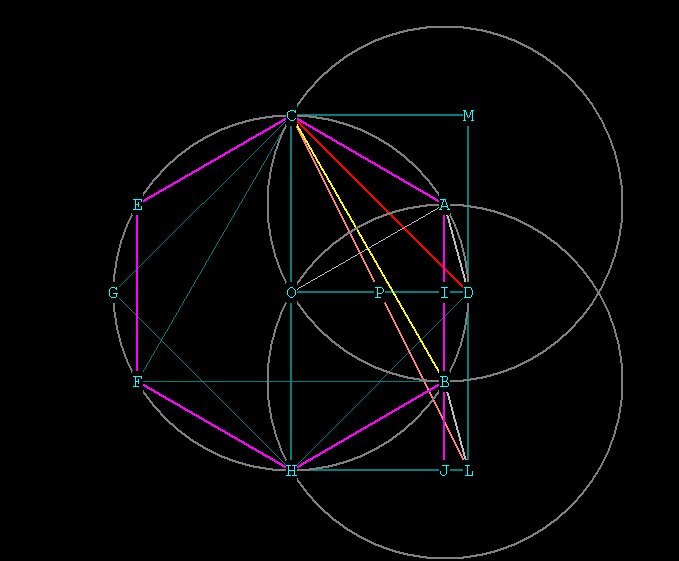
Figure 3 -- determination of the point L.
AO = BH, being the radial distance of circles at O,A and B.
BJ is an extension of AB, the side of the hexagon.
BI = BJ.
ID = JL.
Triangle AOI congruent to triangle BHJ .
Triangle AID congruent to triangle BLJ.
OD = HL = r.
AI = BJ = 1/2 * r.
OI = HJ.
HJ² = BH² - BJ² = r² - 1/4 r²
= 3/4 r².
HJ = (\/¯3 / 2)r.
JL = HL - HJ = r - (\/¯3 / 2)r. = [(2
- \/¯3) / 2]r.
So from Figure 3 it looks like point L, on the \/¯5 line
CL, is on a line tangent to the circle with center at O, (the line
ML) and that it's distance from the side of the hexagon (AB) is the same
as for the \/¯2 diagonal (CD) of the square CMDO. This distance
involves the \/¯3 (see JL above). This is looking interesting,
maybe there's a geometric connection between \/¯3 and
\/¯5 after all.
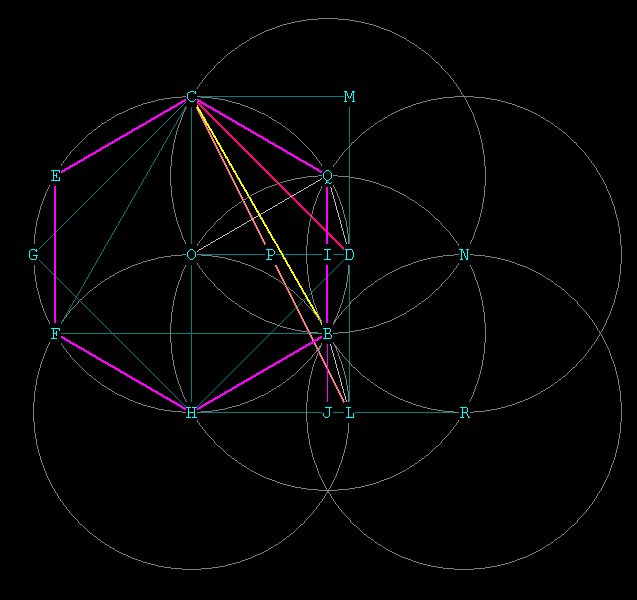
Figure 4 --- Showing that Point L is actually easily explainable
-- being merely the endpoint of the vesica (intersection) along the x axis
(HR) of the 2 circles at H and at R
So we were right -- L is tangent to the unit circle centered at H
But what is the relation geometrically between \/¯Ø^4
+ 1, \/¯3, and Ø?
How would \/¯(Ø^4 + 1) / Ø
transform into the \/¯3?
Ultimately we are looking for the geometric relationship between
Ø and \/¯3.
Amazingly enough, there is a relationship: ز
+ (1 / ز) = 3.
Try it on your calculator. Ø = 1.618033989, or, more accurately,
(1 + \/¯5) / 2.
This equation can be considered geometrically as a Ø,
1 / Ø, \/¯3 (right) triangle.
The angles are: 90°, 20.90515742°,
69.09484258°.
Here is a diagram:

Figure 5 -- showing the geometric relationship between Ø
and the \/¯3, specifically,
the Ø to \/¯3 conversion triangle.
The purple lines (hexagon) = r = \/¯1.
The red line (square diagonal) = \/¯2.
The yellow line (large vesica diagonal) = \/¯3.
AD = \/¯4.
The orange line ( double square diagonal) = \/¯5.
The Ø to \/¯3 conversion triangle is in blue.
The triangle AGL (in blue) is the geometry of the relationship between
\/¯3 and Ø .
AG = 1 / Ø.
GL = Ø.
AL = \/¯3.
I have drawn the large circle with centerA (in cream), which passes
through the endpoints of the large vesica's at R, E, and C. The circle
represents all points with the distance \/¯3 from A.
The triangle says:
ز + (1 / ز) = 3,
(Ø^4 + 1) / ز = 3, taking square
roots we get
\/¯(Ø^4 + 1) / Ø = \/¯3,
which is where we started.

Figure 6 showing how to construct the conversion triangle and its relationship
to the pentagon.
Here we see that in order to determine the Ø to \/¯3
conversion triangle, we must get the point G. G can be determined simply
by a construction of the pentagon (see Construction
Of The Pentagon ).
Fo = G is determined from ABo, which is \/¯5.
When one-half that distance (AEo) is transferred to the horizontal
(x axis, line ZY), we get EoFo. OFo is now (\/¯5 / 2)
- (1 / 2) = 1 / Ø = 0.618033989.
By finding OFo, one can draw a line from Fo parallel to OA to find
G, the short leg of the conversion triangle. OFo = AG = 1 / Ø.
FoG = OA = 1, the radius of the unit circle centered at O and going through
A.
The distance GL can easily be determined WITHOUT the '\/¯3
circle'. All that is necessary to do is draw a perpendicular from Fo to
hit AN at G, and then notice that FoG = AO = 1. Then add to FoG the distance
AG to find L. Now we have all 3 points of the triangle, and AL can be connected
to give the \/¯3.
(Remember that 1 + (1 / Ø) = Ø).
During the construction of the pentagon, the distance OFo is determined
which is the short leg of the conversion triangle. AFo is the side of the
pentagon AGo. I have drawn a blue circle to indicate this distance, which
is also the side of the pentagon AHo.
It is clear from the geometry that the \/¯3 can be determined
from Ø, and not vice-versa.
Therefore, the \/¯3 results from the division in Extreme
and Mean Ratio, which is Ø!
The implications of this are enormous, in my mind. It means that the
imprecise, ever-striving-for-perfection, dynamic-tensional construction
of biologically based life, based upon the pentagon, is a bridge to minerals,
rocks, crystals, snowflakes, etc., which are based upon the perfection
of \/¯3 geometry.
The dodecahedron contains within it this conversion triangle! Recall
from Dodecahedron that the
dodec is composed of 15 1, ز rectangles
and therefore 30 1, ز, \/¯3Ø
triangles!
The corners of the dodecahedron can be made from ز,1
rectangles (meaning if the short side is 1, the long side is ز
in relation to it).
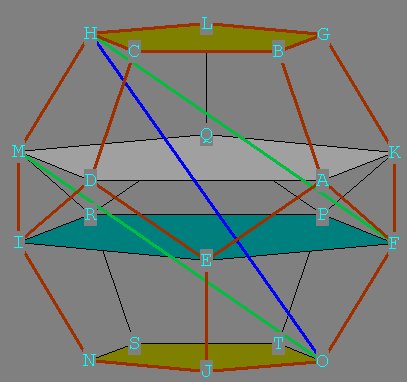
Fig 7 -- Showing the Ø
to \/¯3 conversion triangle within the dodecahedron.
The conversion triangle is either MHO or FOH.
The following remarkable fact emerges: by the Pythagorean Theorem, the
diagonal of this ز rectangle
is \/¯(Ø^4 + 1).
But \/¯(Ø^4 + 1)
= \/¯3 * Ø!
Or, \/¯(Ø^4
+ 1) / Ø = \/¯3.
This triangle is similar to the Ø,
1 / Ø, \/¯3 conversion triangle in Figure 8C because
if we divide the long side of the conversion triangle in Figure 8C and
do the same for the ز ,
1 triangle in the dodecahedron, we get:
Ø / (1 / Ø) = ز
and
ز / 1 = ز
.
The dodecahedron contains, as part of its structure, the code to convert
between \/¯3 and \/¯5 geometry.
So the dodecahedron is the blueprint, geometrically, for the conversion
of biologically based life forms to crystalline life forms.
There is also a conversion triangle between Ø and the \/¯2.
This triangle is a (1 / Ø), \/¯Ø,
\/¯2 right triangle. This can be shown by the equation
(1 / Ø)² + (\/¯Ø)² =
(\/¯2)², or, 1 / ز + Ø
= 2.
Geometrically, we can see this as follows:
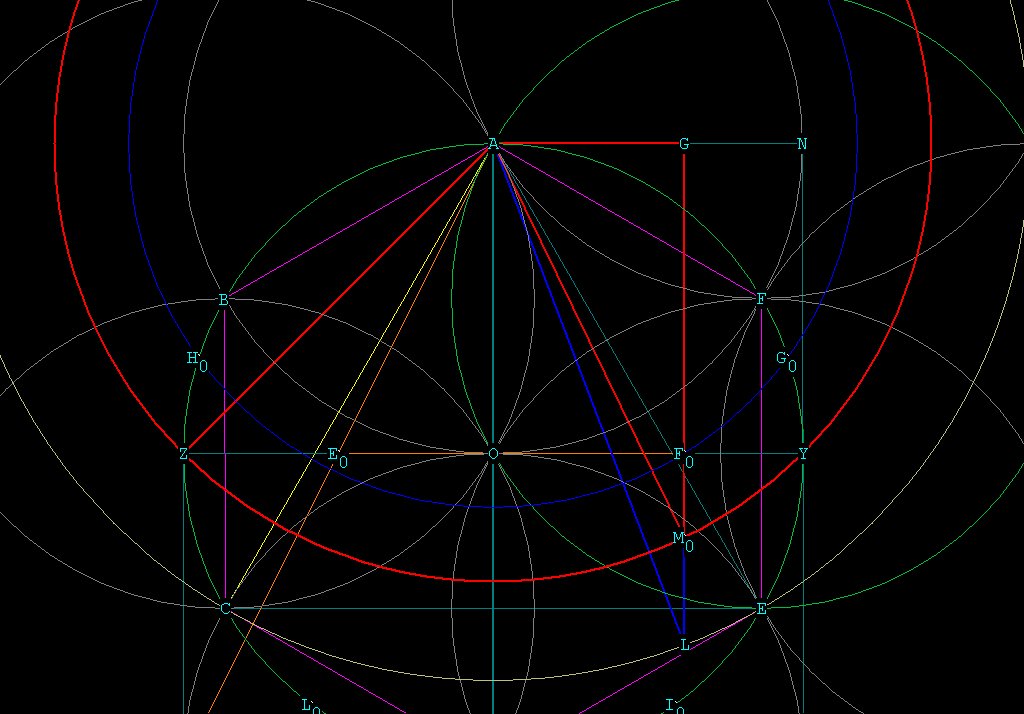
Figure 8 -- showing also the Ø to \/¯2 conversion
triangle, in red.
The short leg is 1 / Ø, the long leg is \/¯Ø, the
hypotenuse is \/¯2.
Now we have a direct geometric link between the geometry of crystals,
minerals, etc and biological life. Most of these life forms are designed
in a lattice structure which is cubic or hexagonal. This is
\/¯2 and \/¯3 geometry. Of course the hexagonal structure
is also found in organic compounds (benzene ring) and even in human DNA,
along with the pentagon, as shown in Figure 9. This paper may shed some
light, geometrically, how the two life forms are related.
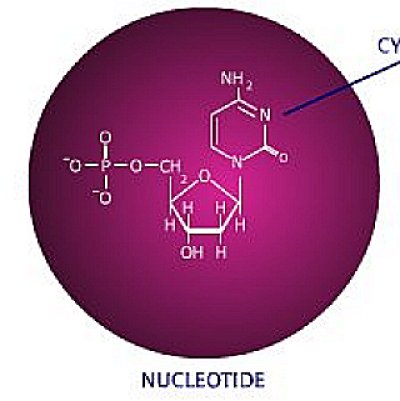
Figure 9 -- 1 The nucleotide, an integral component of human DNA
***
Of course, Ø has the fascinating property that multiples
of it can be combined to form any integer. here is a brief table:
1 = 1 / Ø + 1 / ز
2 = Ø + 1 /
ز
3 = ز + 1 /
ز
4 = ز + 1 +
1 / ز or س
- 1 / س
5 = س +
1 / Ø + 1 / Ø^4
6 = multiple of 2, 3
7 = Ø^4 + 1 / Ø^4
8 = multiple of 2,4
9 = multiple of 3
10 = multiple of 2 , 5
11 = Ø^4 + ز + 1 + 1 /
ز + 1 / Ø^4 or Ø^4 +
ز + 4 / ز
12 = multiple of 2, 3, 4
13 = Ø^5 + Ø + (2 / Ø^4
)
*
*
*
etc
This is a fascinating property of the division in Mean and Extreme
Ratio, based upon the \/¯5 .
Ø is an irrational number but in it's relationship with itself,
can form whole numbers.
Perhaps this is true of other numbers as well, but we have seen geometrically
in these papers that Ø
is an integral part of many polyhedra, and there are many sources which
show the division in Mean and Extreme Ratio is used extensively in nature
to construct life forms.
Speculation:
As we saw in 2 Dimensional Geometry
and 3 Dimensional Geometry , the hexagon
/ interlocking tetrahedron, and equilateral triangle / tetrahedron
are the first figures which can be constructed. The square / cube follows
from that. This geometry leads to a perfect universe of harmony,
where everything can be predicted and everything is known. This geometry
can spread out infinitely large, or shrink infinitely small. The origin
or center of this geometry is known from the very beginning, and any time
we want we can go to origin point and back out the other side. But such
a geometry is static, non-changing. There is no dynamic tension within
it. It is perfectly stable, but there is no excitement. If you take a look
at electron micoscope pics of minerals and crystals, you see this perfect
matrix of atomic structure.
A great web site to observe this is at: <http://www.kings.edu/~chemlab/vrml/index.html>.
Division in Extreme and Mean Ratio is, on the other hand, also
a perfect, harmonious division with absolutely not the most infinitely
small particle left over to cause 'noise', but this division is impossible
to attain in the physical universe, because it has no origin point, no
starting point! It has to be approximated in nature by the Fibonacci Sequence.
But life based upon the division in Extreme and Mean Ratio is dynamic,
unpredictable, and exciting. Pentagonally based life can never attain the
perfection it is conceptually based upon, but it constantly strives to
do so. It is always searching for it's origins, for the truth about itself.
This is the basic impulse, geometrically, of creativity.
Pentagonally based life can never find the origin, or genesis point,
because there IS NO genesis point! That is clear from Figure 1. The pentagons
spiral inward, always reaching for, but never attaining, its beginning.
So our conversion triangles state an important relationship mathematically
and geometrically, and, I believe, between 2 different life forms
that co-exist on planet earth.
On to Further Explorations of the
Conversion Triangle
_____________________________________________________________________
*** Taken from from http://www.dnaftb.org/dnaftb/ Section 15 of
'DNA From the Beginning'.
Special characters:
\/¯ ° ¹ ² ³ × ½ ¼
Ø \/¯(ز + 1)









